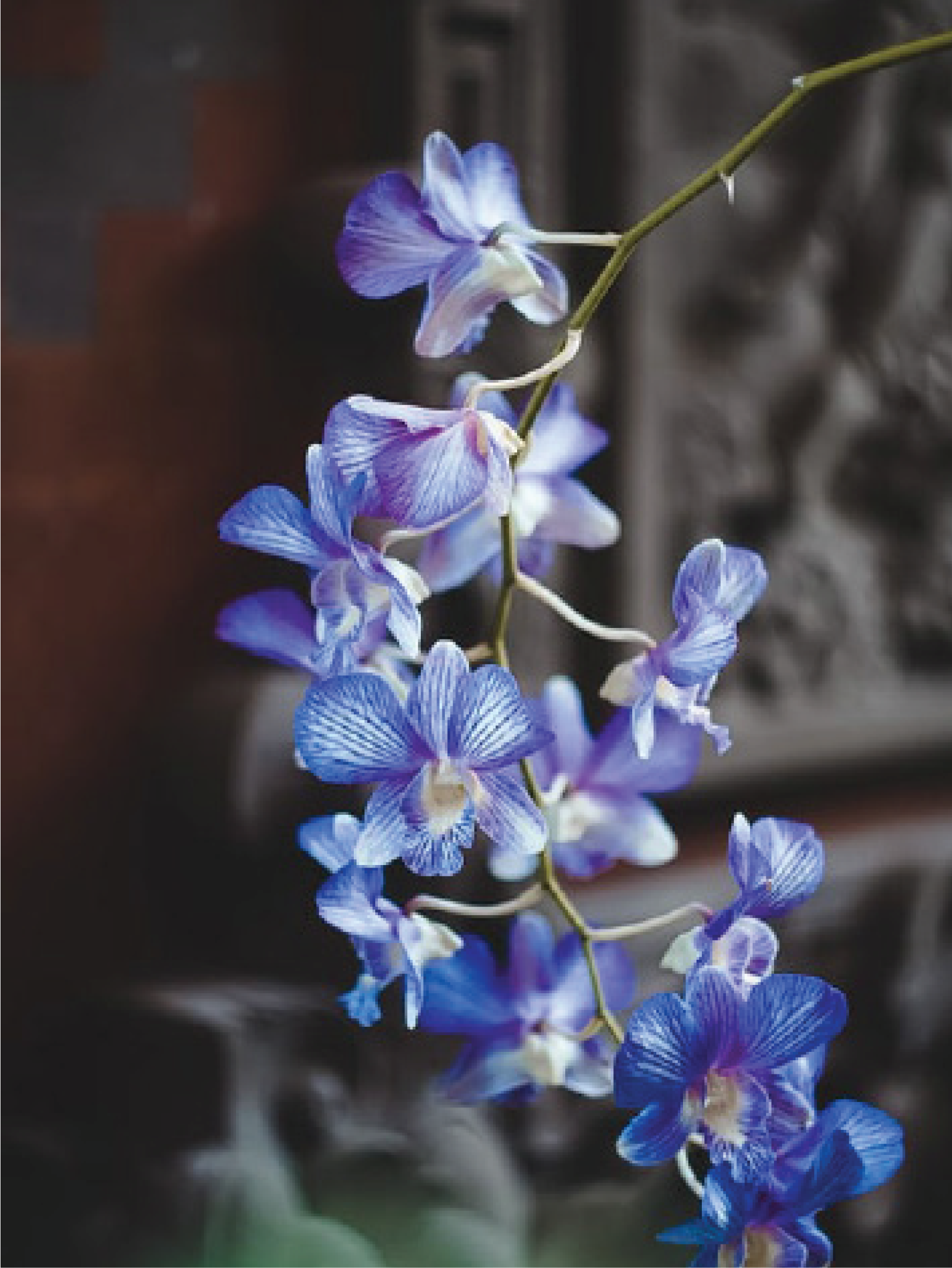Natural cure for Cancer: Are Orchids the panacea?
News
Arshpreet Kaur
 Credits: Kseniia Ilinykh via Unsplash
Credits: Kseniia Ilinykh via Unsplash
Orchids are popular for their beautiful flowers worldwide. But, did you ever think that there’s more to them apart from their ornamental value? Read on to know about the medicinal importance of these plants and their potential usage for cancer treatment in future.
Tweet
Nature has bestowed us with an enormous diversity of medicinal plants. The different plant parts such as leaves, roots, stems and flowers serve as a diverse source of chemicals used to develop various medicinally important products. In recent years, a tremendous outburst has been seen in the world market of herbal medications. Plants have been used to treat different diseases and ailments, including stomach disorders, chest pain, arthritis, jaundice, eczema, inflammations, rheumatism, asthma, cancer etc.
Cancer is a leading cause of death worldwide and has accounted for nearly 10 million deaths in 2020 alone, according to the International Agency for Research on Cancer, World Health Organization (WHO) (Ferlay,et al. 2020). Although several synthetic drugs are available for its treatment, none of them are completely effective and possess many side effects. On the other hand, plant-based anticancer drugs have proven effective and safe for cancer treatment to some extent. ‘Vinblastine’ -derived from Madagascar periwinkle (Caputi, et al. 2018), is one such example of a potent plant-derived anticancer drug. However, scientists have not yet arrived at a cure for all types of cancer. Thus, numerous research groups across the globe have focused their studies on finding a natural remedy for cancer through plants.
In a recent study, scientists have suggested the possibility of exploiting orchids for the creation of new anticancer drugs. Orchids are plants possessing strikingly beautiful flowers of incredible shapes, colours, and size ranges. Though famous as affluent ornamentals, orchids were first discovered for their therapeutic properties. They find mention in various scriptures and ethnobotanical texts, consisting of traditional and indigenous knowledge of plants (Teoh, 2019). Due to their ethnobotanical importance, several researchers from the Central Department of Botany, Tribhuvan University, Nepal, Annapurna Research Center, Nepal, Fujian Agriculture and Forestry University, China, and Sails-For-Science Foundation, Germany, did collaborative and dedicated research for three years on the therapeutic importance of different plant parts of some selected wild orchid species. They prepared the different plant extracts and then evaluated their anticancer potential against human cervical cancer and glioblastoma. Cervical cancer is a type of malignant tumour that starts at the cervix, the lowermost part of the uterus, while glioblastoma, also known as a brain tumour, is a type of malignant tumour affecting the brain or spine.
 Credits: National Cancer Institute via Unsplash
Credits: National Cancer Institute via Unsplash
The research team found that plant extracts prepared from the stem of Dendrobium transparens (the translucent Dendrobium) and the whole plant of Vanda cristata (the comb Vanda) acted as toxic agents that prevented the cancer cells from growing. These plant extracts showed a high cytotoxic effect towards the HeLa (human cervical cancer) and U251 (glioblastoma) cell lines, which are cells derived from the respective living tissues and grown in laboratory conditions. Thus, these cell lines can mimic the growth of these particular cancerous tissues. MTT colorimetric assay, a standard test to evaluate the cytotoxic potential of the extracts was used. Determined to shed more light on the topic, they identified the presence of medicinally important compounds in these extracts, thus explaining their high cytotoxic activity (Joshi, et al. 2020). These findings have been published in a peer-reviewed journal, ‘Heliyon’ and may lead to new insights into cancer research.
These orchid plants can be established as cancer therapeutics by exploiting their vast reserve of chemicals. However, systemized observational studies involving preclinical research and clinical trials need to be undertaken to produce pharmaceutically active forms and dosage from them. This would link the ethnobotanical knowledge to state-of-the-art research and development to facilitate new drug discovery. Thus, orchids may go a long way in fighting cancer in the future.
 A A R Alvarez via Unsplash
A A R Alvarez via Unsplash
Bibliography
Arshpreet Kaur is a second-year PhD Student at the Department of Botany, Panjab University, Chandigarh. Her research work is focused on implementing the therapeutic potential of plants for human welfare. Besides research work, you can find her either with a paintbrush or a whisk.
This article was submitted by Arshpreet Kaur as an assignment during the workshop Scicomm for Scientists 2021, organised by Cogito137, IISER Kolkata, funded by the Department of Science and Technology, Govt. of India. The assignment was selected for publication and has undergone due editorial process. Team Cogito137 thanks Spoorthy Raman for the initial editorial review of this article.
signup with your email to get the latest articles instantly